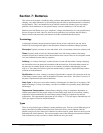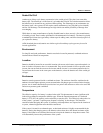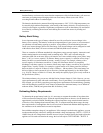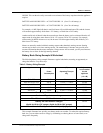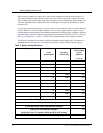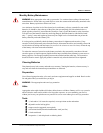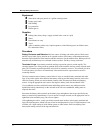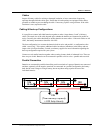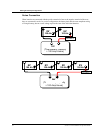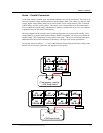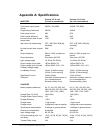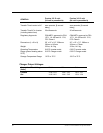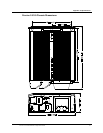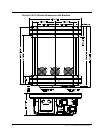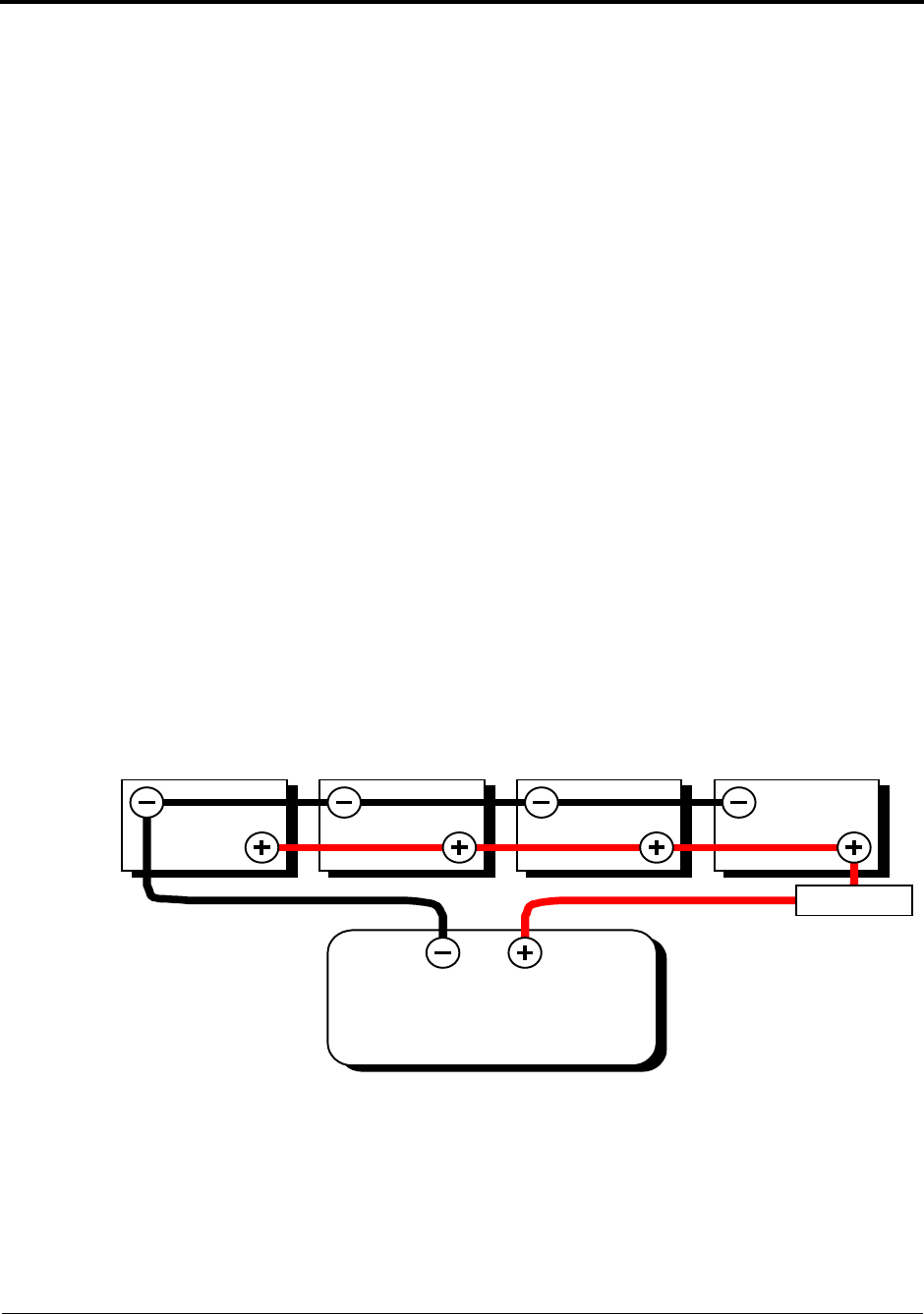
Prosine 2.5/3.0 Installation & Operation Guide 75
Section 7: Batteries
Cables
Inspect all battery cables for missing or damaged insulation or loose connections. Inspect any
openings through which the cables pass. Ensure that all such openings are equipped with a rubber
grommet or conduit to prevent chafing the cable. If necessary, replace worn grommets. If the cable
insulation is worn, replace the cable.
Cabling & Hook-up Configurations
It is possible to connect individual batteries together to make a larger battery “bank” with heavy
cables. The actual size of the cable depends upon whether the batteries are connected in parallel or
series. Generally, the cables should not be smaller than the inverter cables—if the main cables are 4/0
AWG, the battery interconnects should be 4/0 AWG.
The best configuration is to connect the batteries both in series and parallel—a configuration often
called “cross-tying”. This requires additional cables but reduces imbalances in the battery and can
improve the overall performance. Consult your battery supplier for more information regarding the
hook-up configuration required for your system.
Connect several smaller batteries together when creating a battery bank of substantial size. There are
three ways to do this. Batteries can be connected in parallel series or series—parallel and cross-tied.
Parallel Connection
Batteries are connected in parallel when all the positive terminals of a group of batteries are connected
and then, separately, all the negative terminals are connected. In a parallel configuration, the battery
bank has the same voltage as a single battery, but an amp/hour rating equal to the sum of the
individual batteries.
12V 12V
12V INVERTER
(Total Battery Capacity
= 200 Amp Hours)
12V 12V
FUSED
DISCONNECT
12V
50 Ah
50 Ah 50 Ah 50 Ah



